Mertensia fusiformis
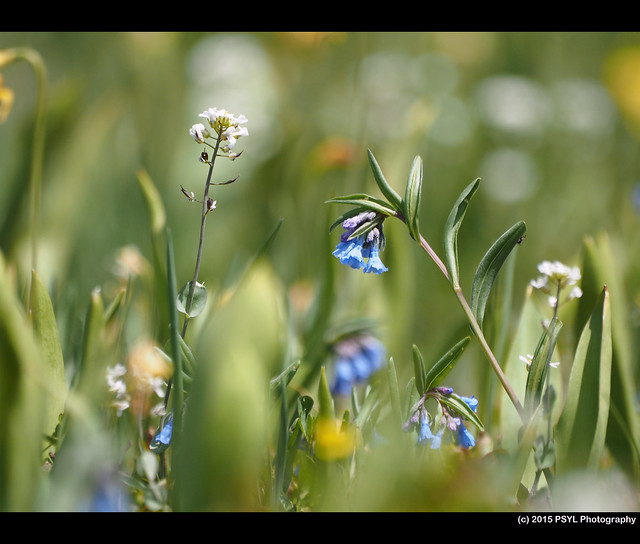
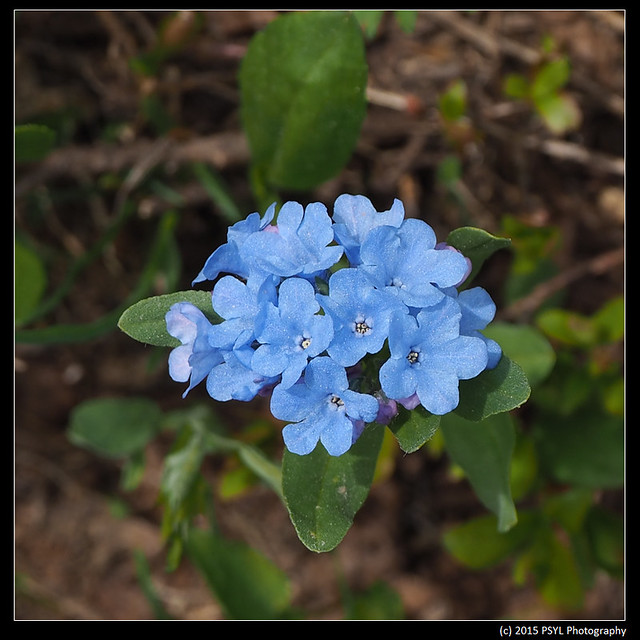
M. brevistyla
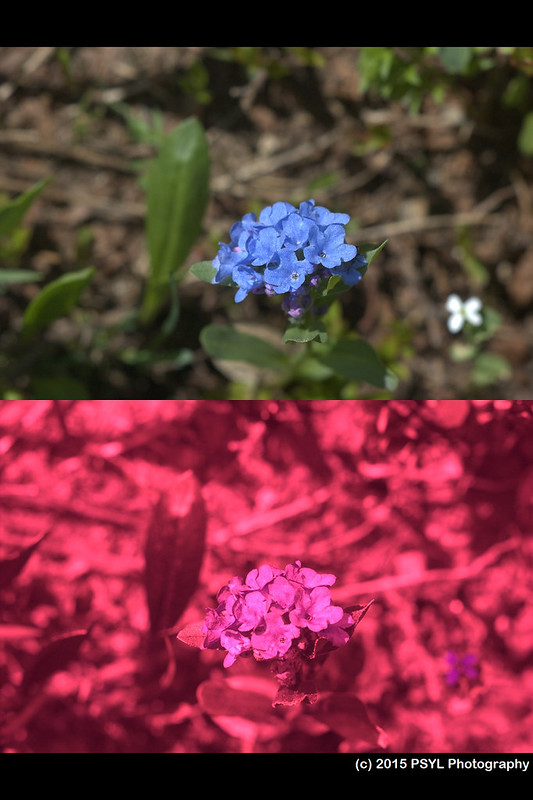
One of the things I was interested in finding out this summer was if there are any UV patterns in M. fusiformis and M. brevistyla flowers. Here are M. brevistyla flowers under visible and UV spectrum (compared to the M. fusiformis pictures). I guess the answer is no.
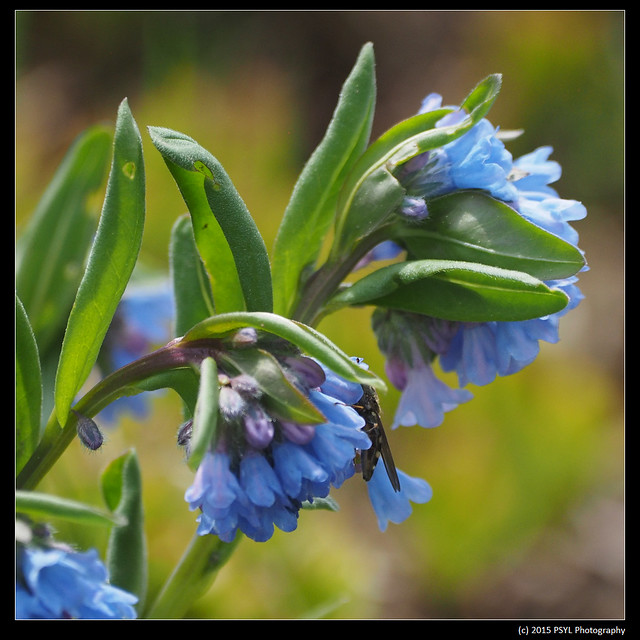
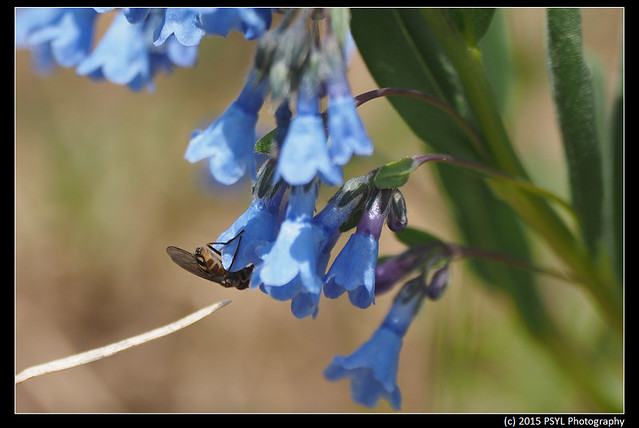
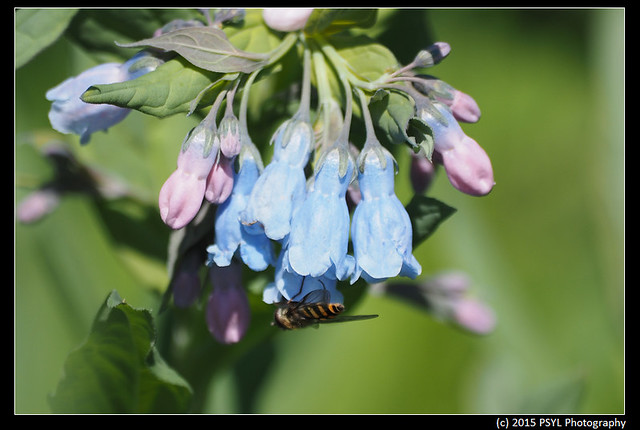
Syrphid fly on M. ciliata (not my study species).
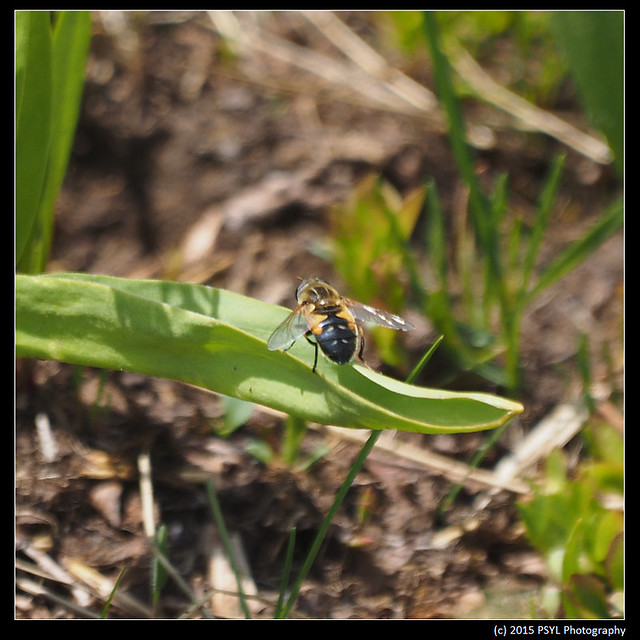
Syrphid fly after visiting M. fusiformis.


M. brevistyla

One of the things I was interested in finding out this summer was if there are any UV patterns in M. fusiformis and M. brevistyla flowers. Here are M. brevistyla flowers under visible and UV spectrum (compared to the M. fusiformis pictures). I guess the answer is no.
I also did a lot of pollinator observations this month to examine the assemblage differences between the two flowering species (M. brevistyla and M. fusiformis). Here are some of the pollinators I saw.
Syrphid fly visiting M. fusiformis.


Syrphid fly on M. ciliata (not my study species).

Syrphid fly after visiting M. fusiformis.
Anthophora sp. visiting M. brevistyla
Anthophora sp. visiting M. fusiformis
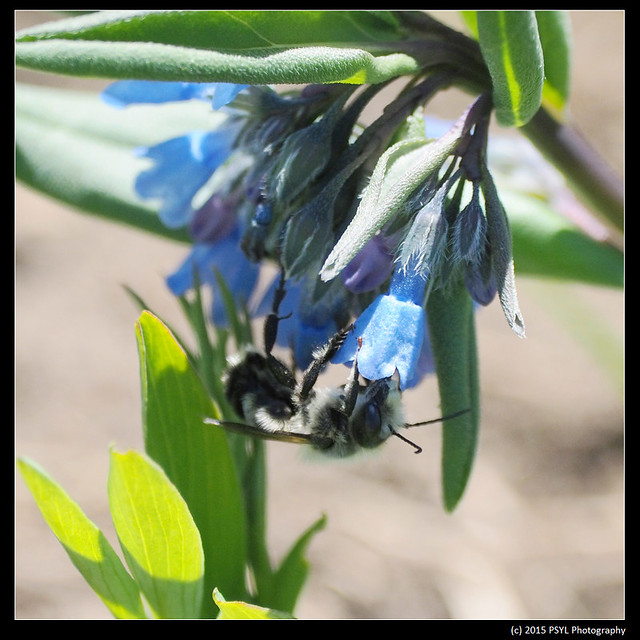
Osmia sp. visiting M. fusiformis
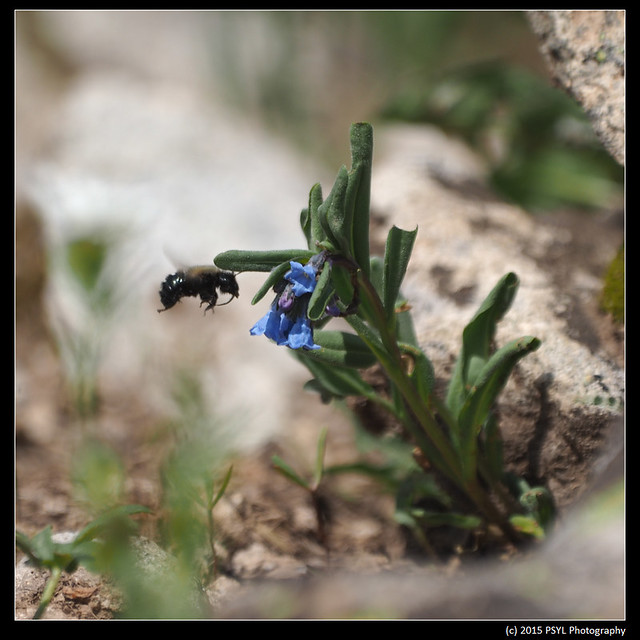
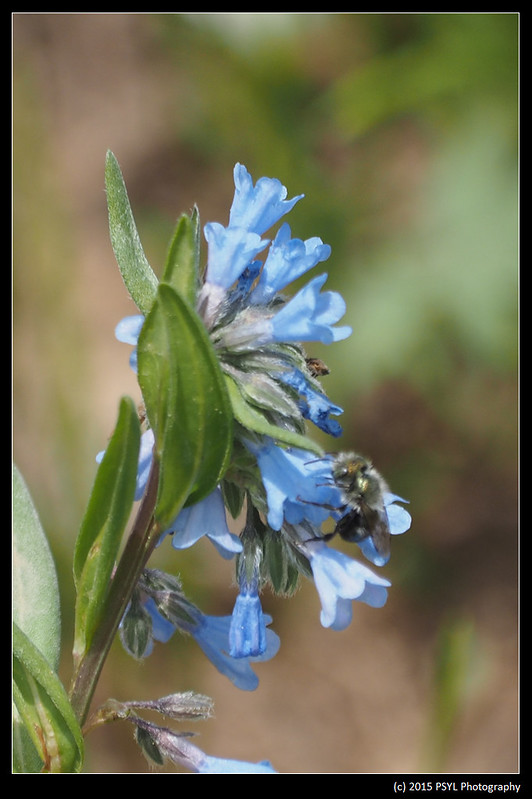
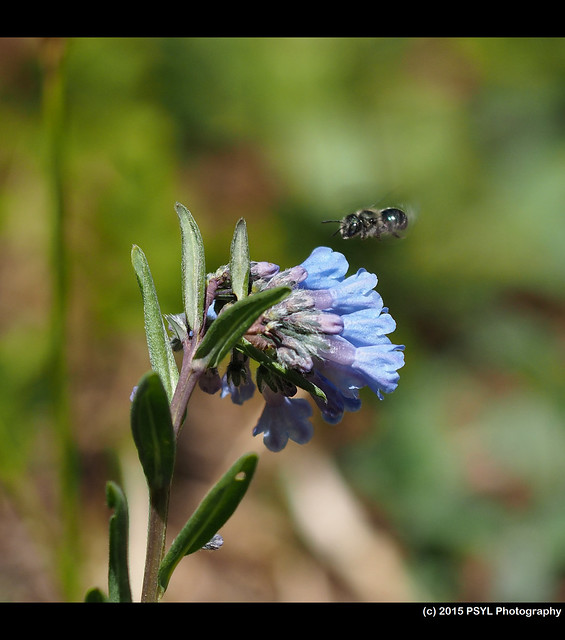
Osmia sp. visiting M. fusiformis
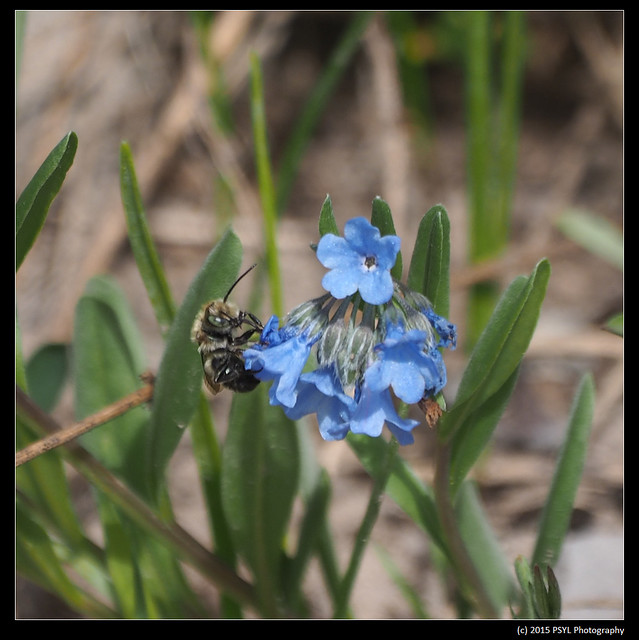

Osmia sp. visiting M. fusiformis



Osmia sp. visiting M. fusiformis

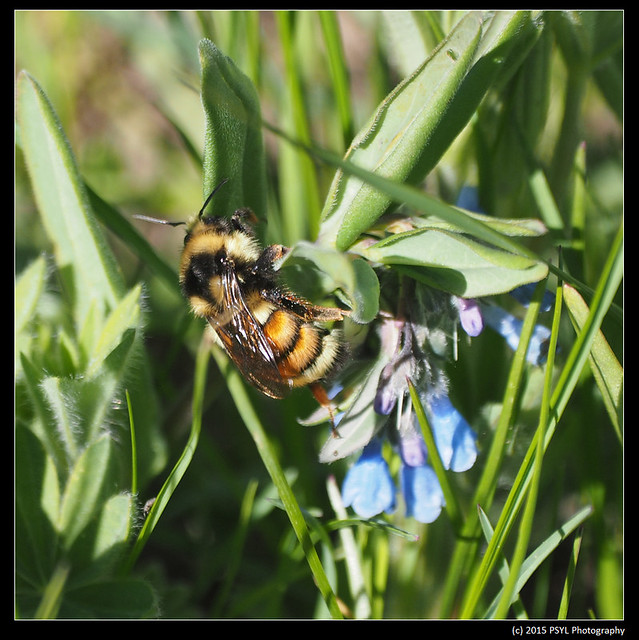
B. bifarius visiting M. fusiformis
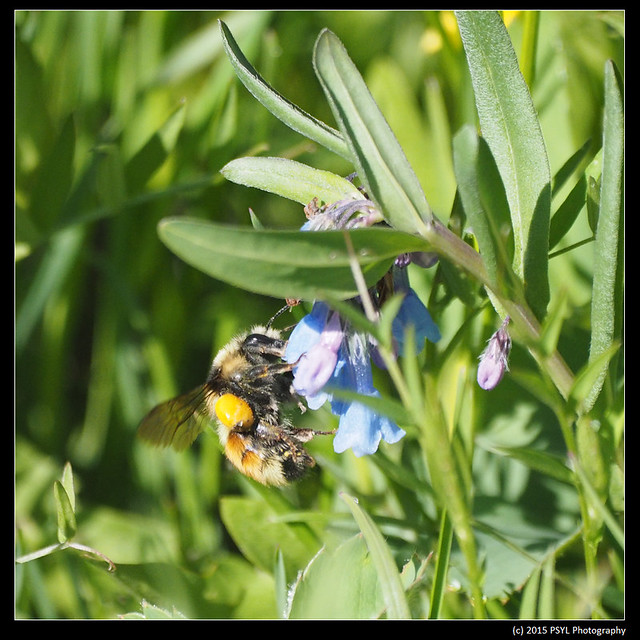
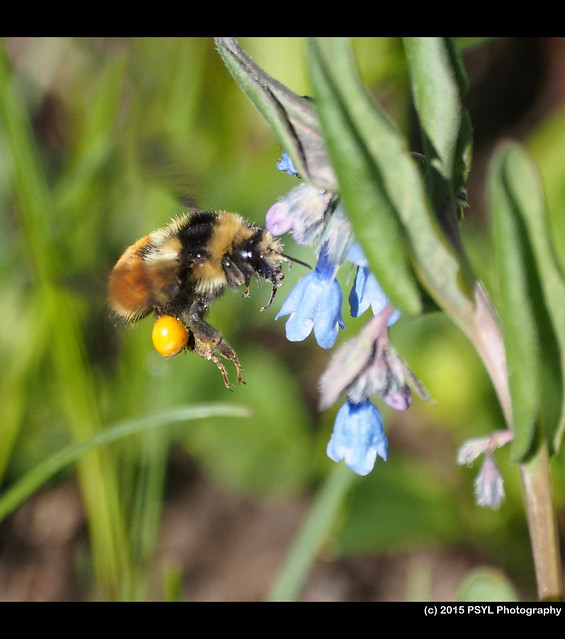
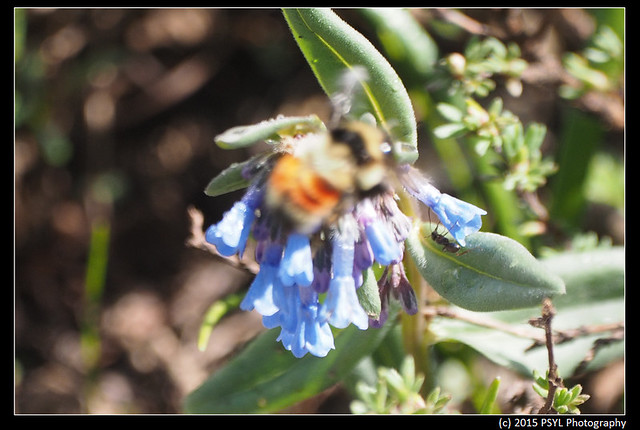
B. sylvicola and an ant visiting M. fusiformis
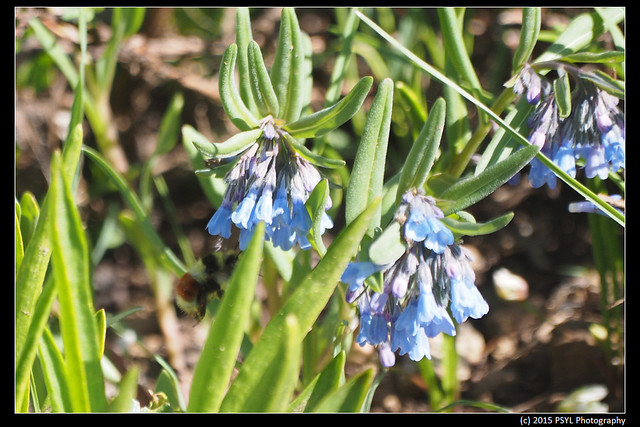
B. sylvicola visiting M. fusiformis
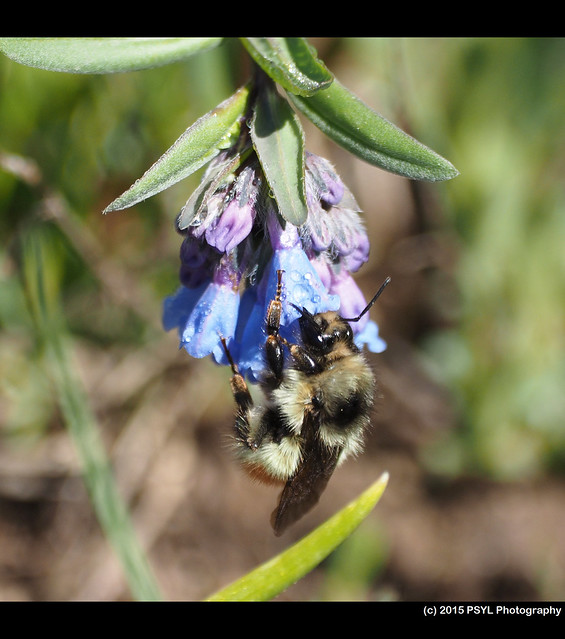
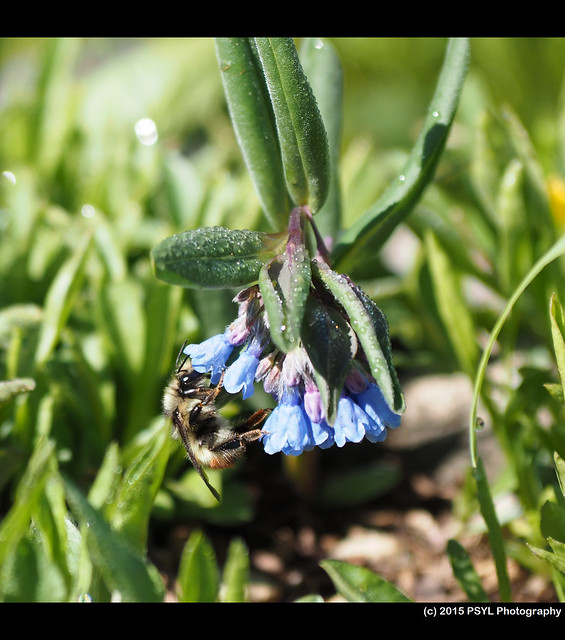
B. flavifrons visiting M. fusiformis
One of the most interesting pollinators I saw was this Rocky Mountain Clearwing Moth (Hemaris thetis) visiting M. fusiformis
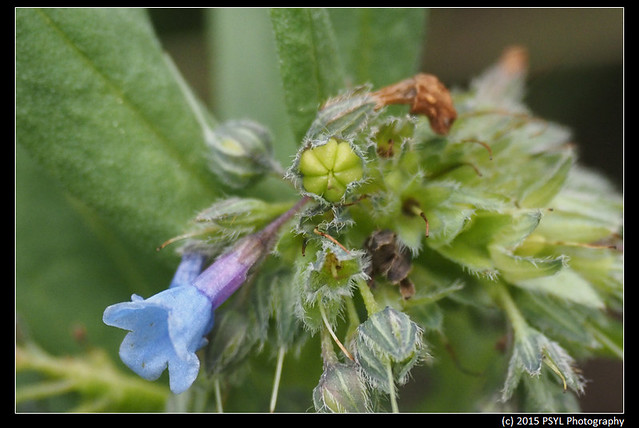
Six nutlets instead of the usual four - might be somatic mutation.
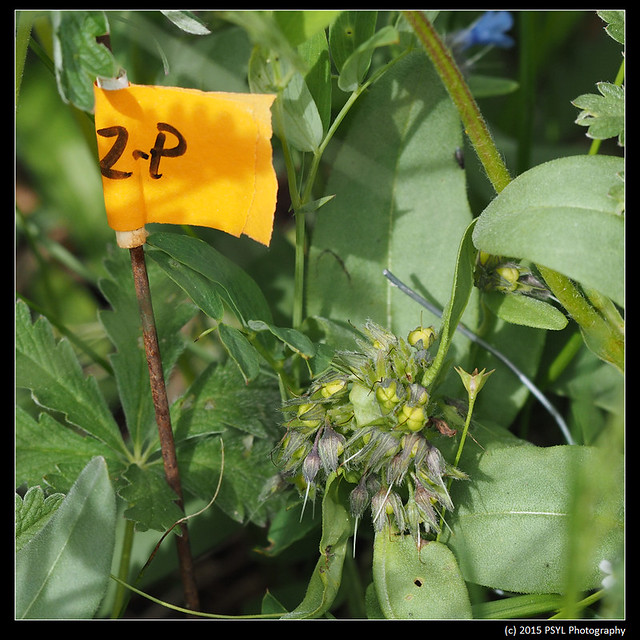
Nutlets-setting
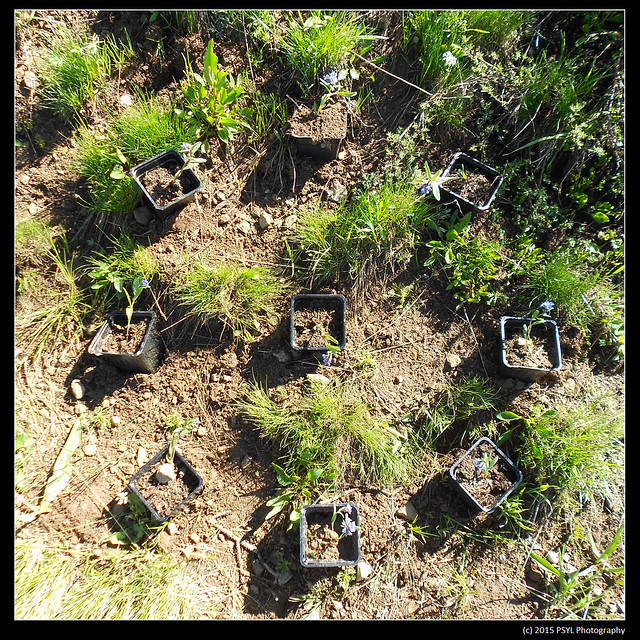
I set up some mixed-array to study pollinator preference and constancy using fluorescent dye as an analogue for pollen transfer.
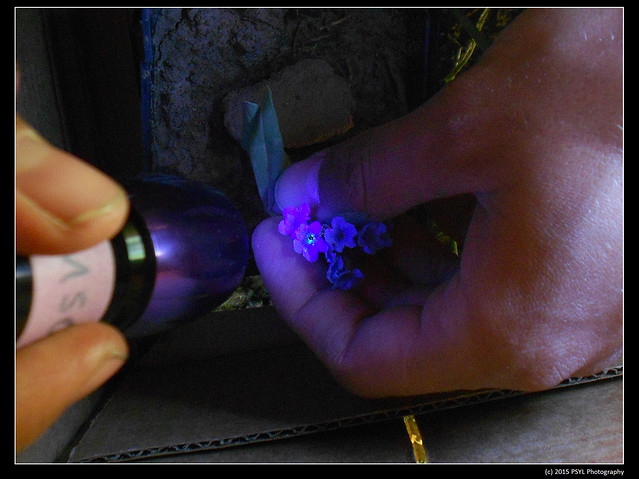
Checking for fluorescent dye in flowers.
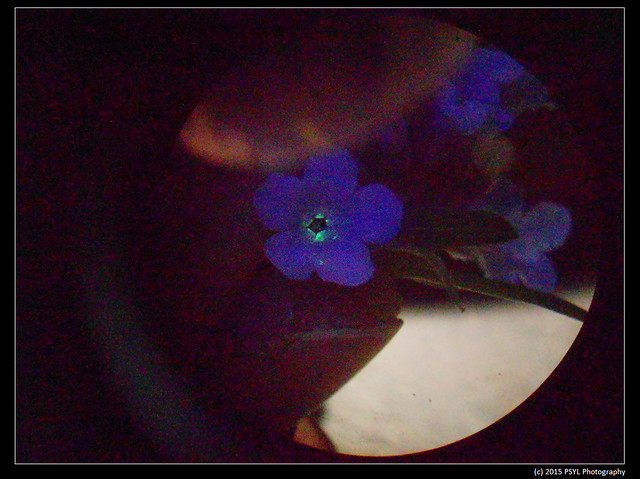
Starting next month (i.e., tomorrow), I will be carrying out another project where I will visit different Mertensia species in Colorado, Utah, and Arizona and measure/compare their reproductive and vegetative traits.
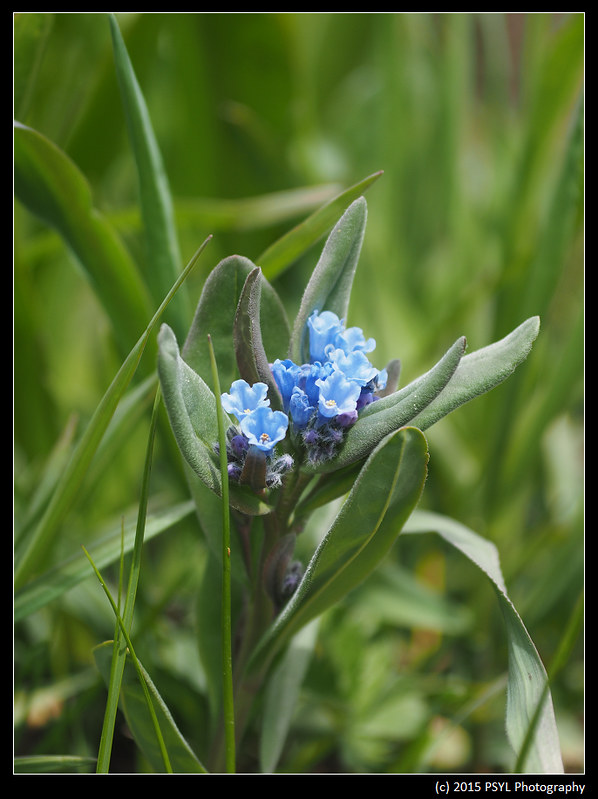
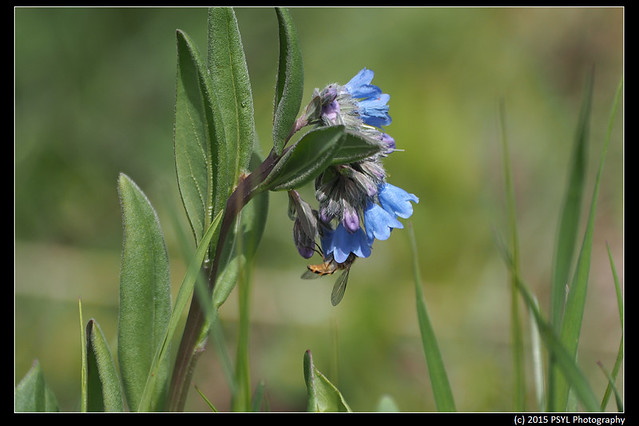
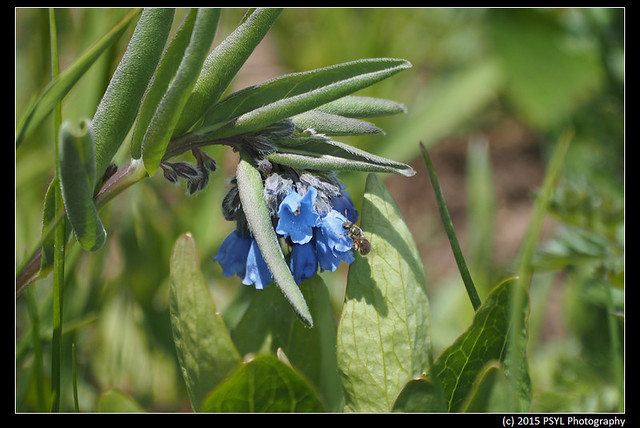
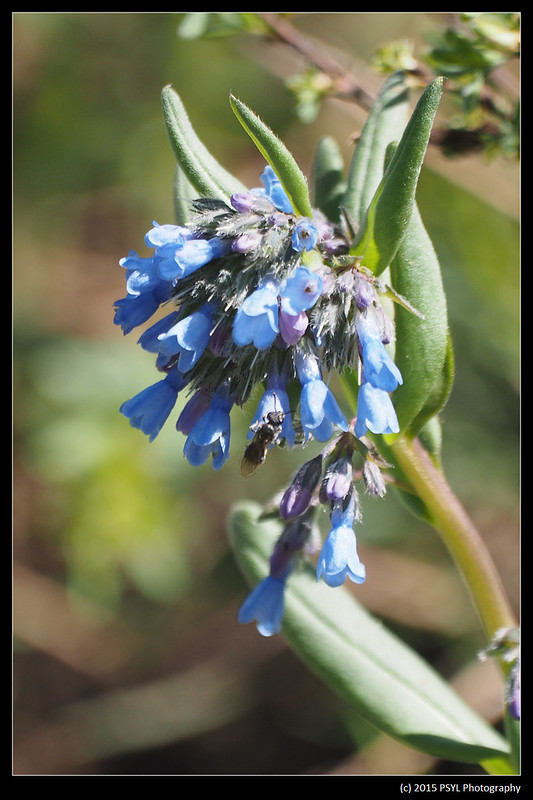
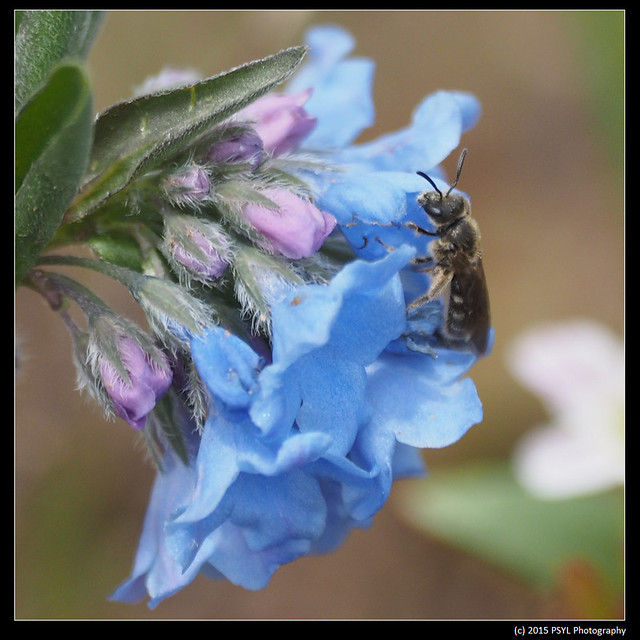
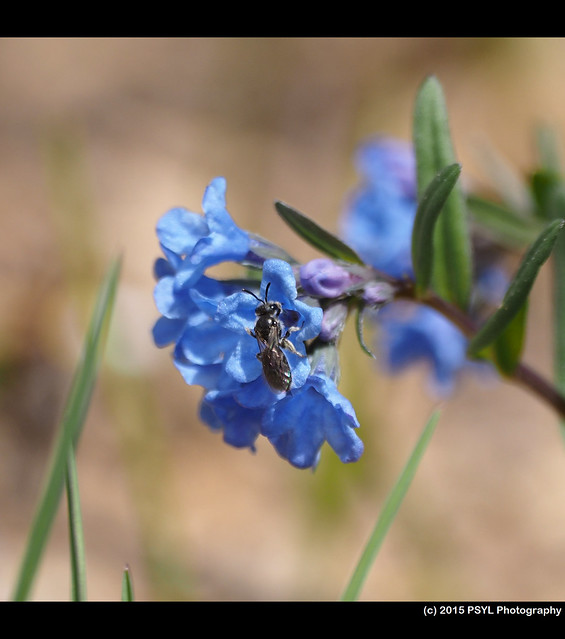
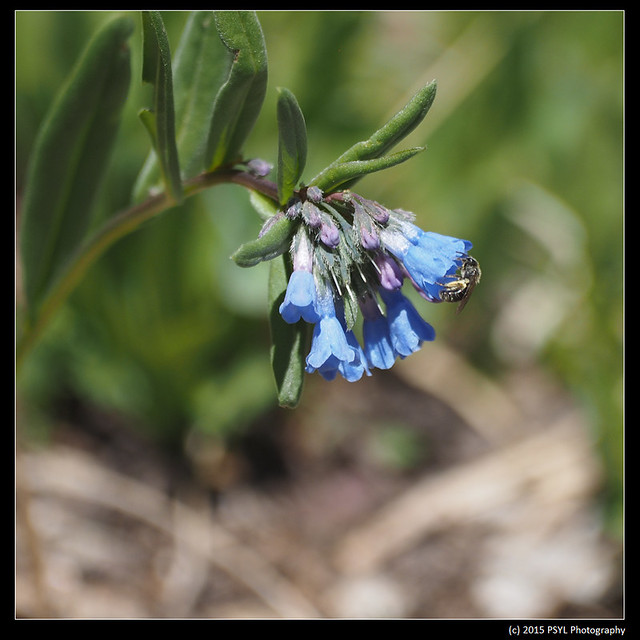
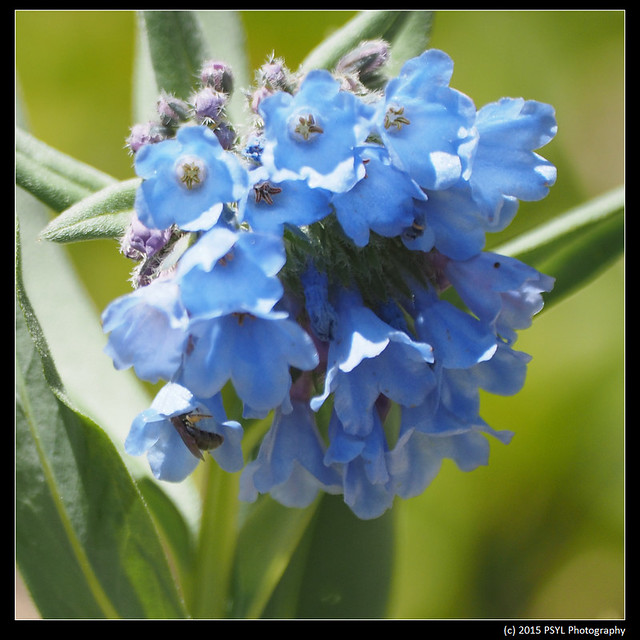
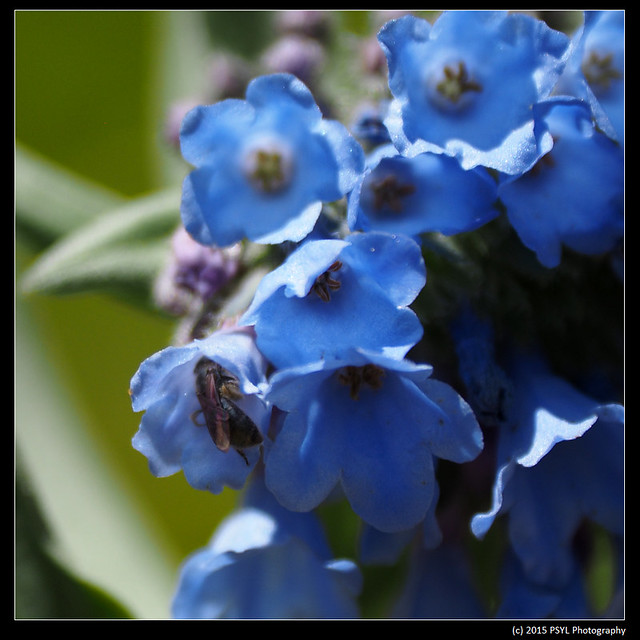
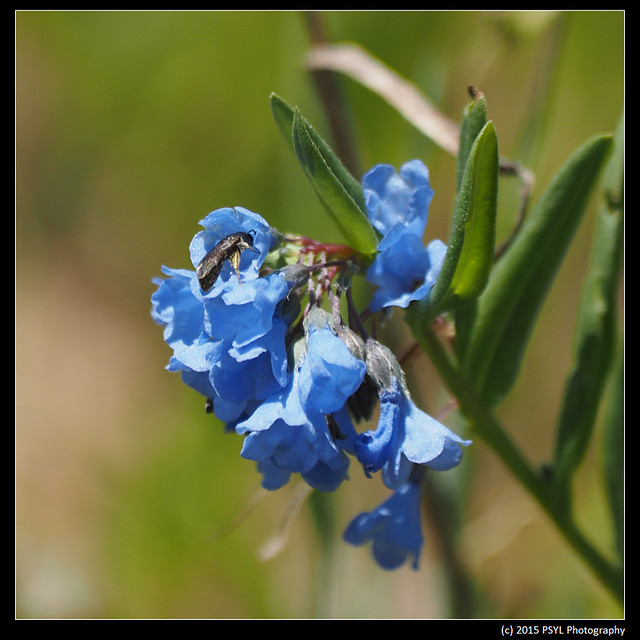
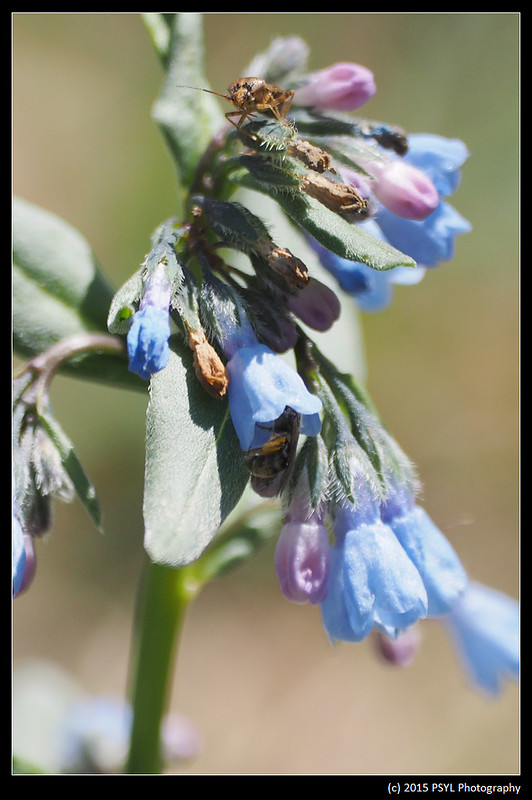
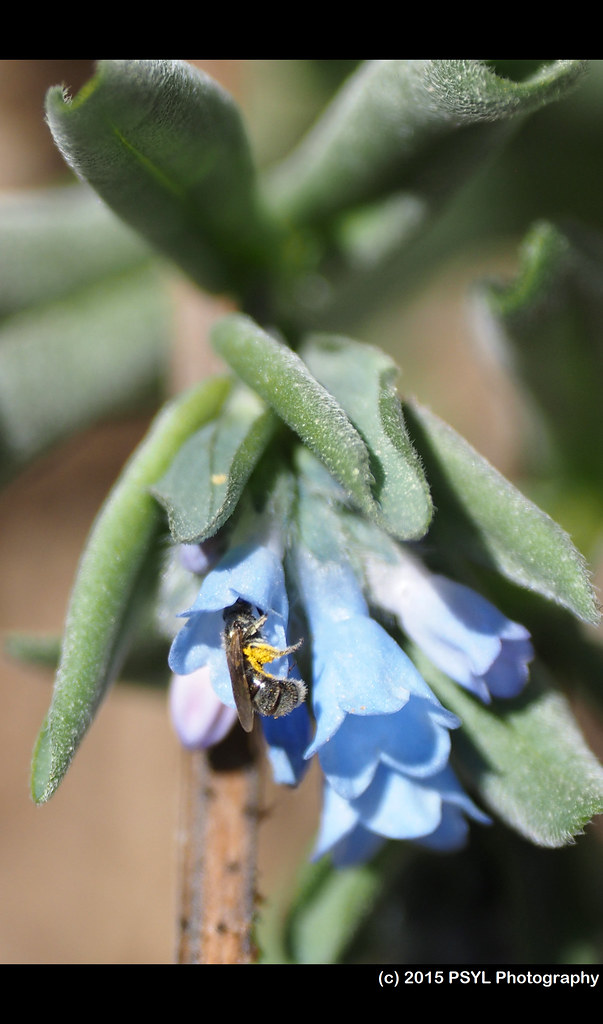
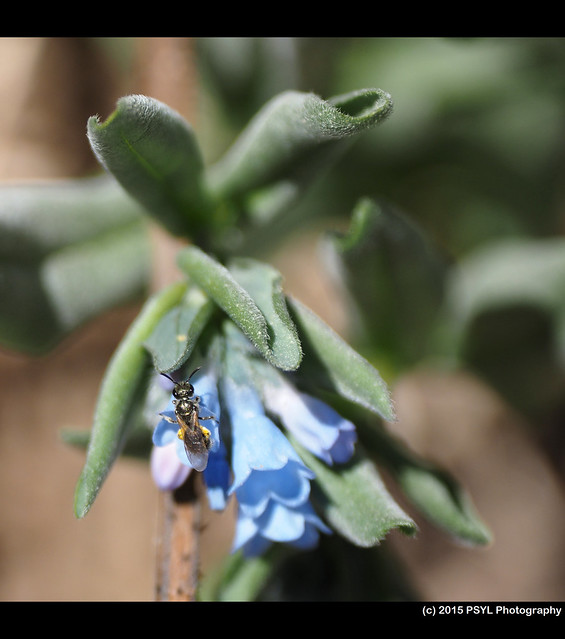
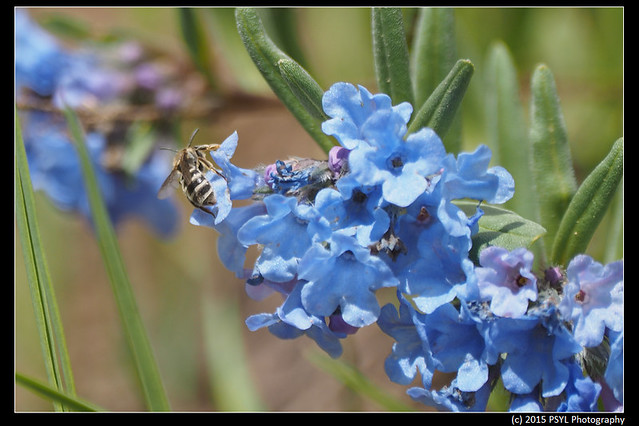
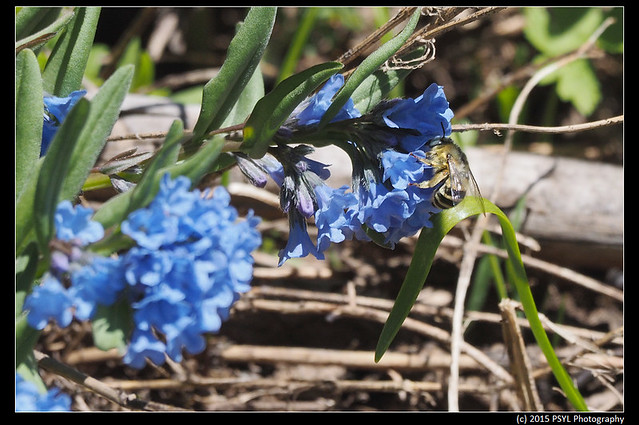
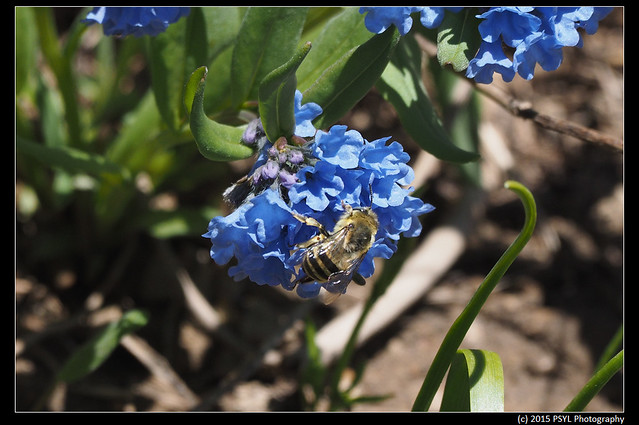
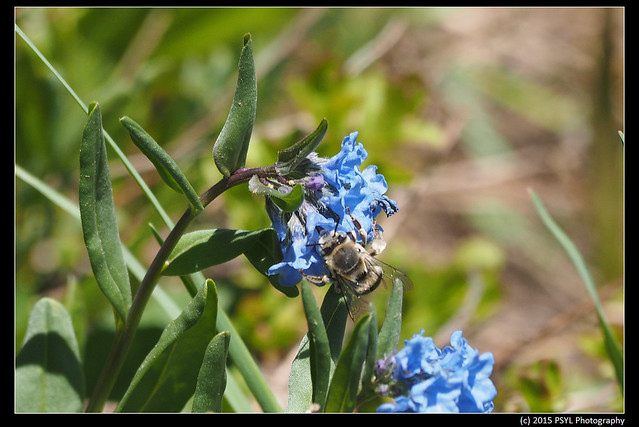
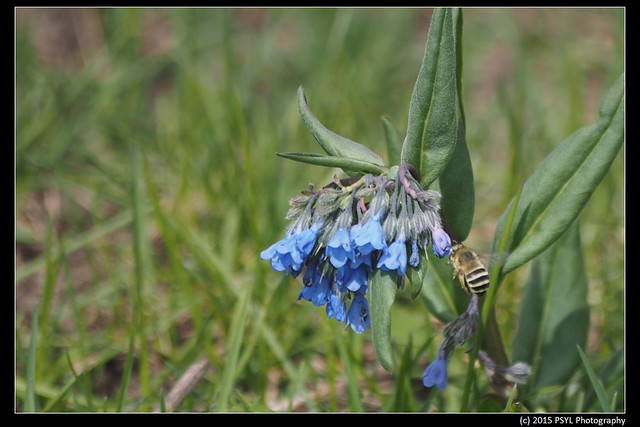
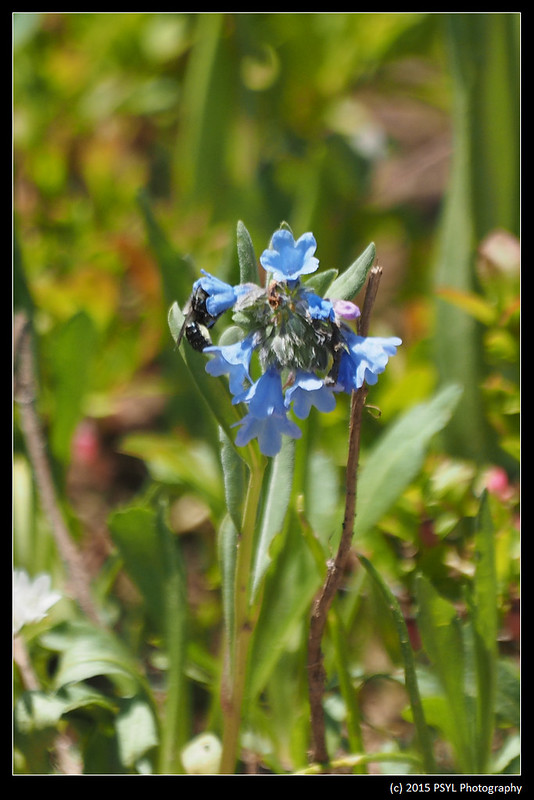
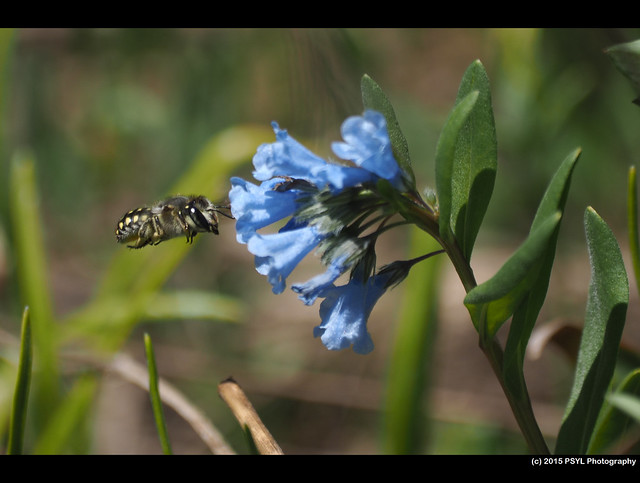
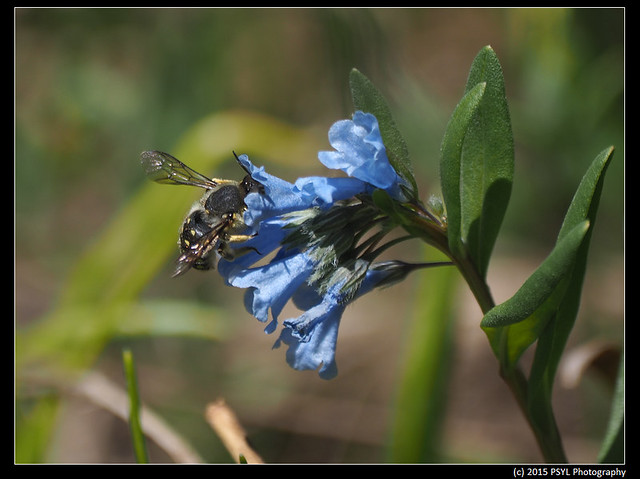
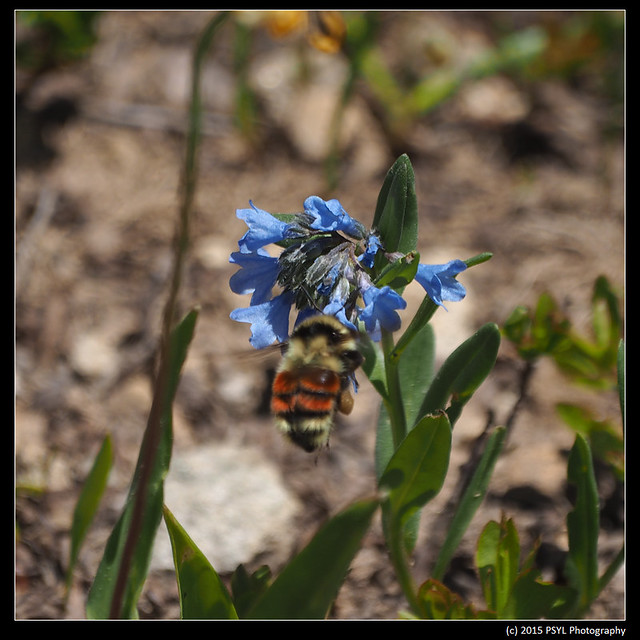
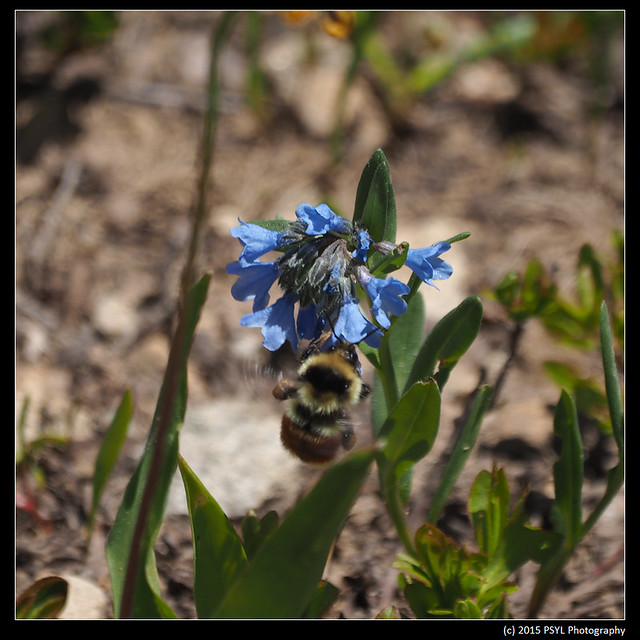
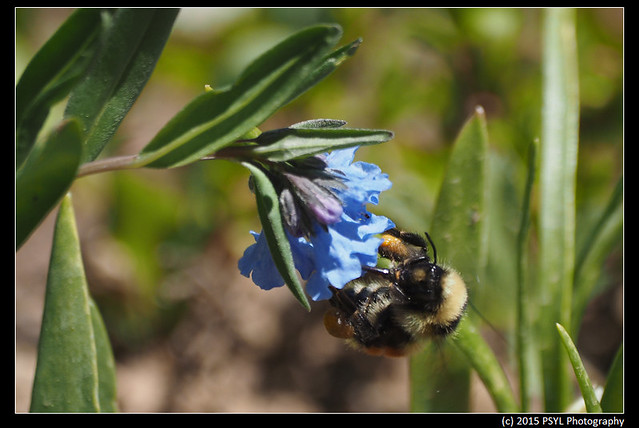
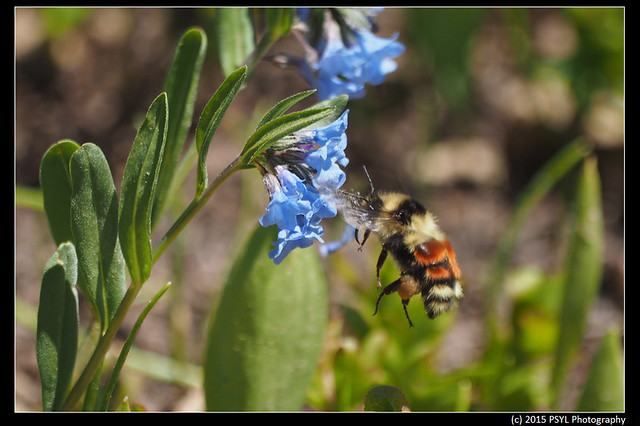
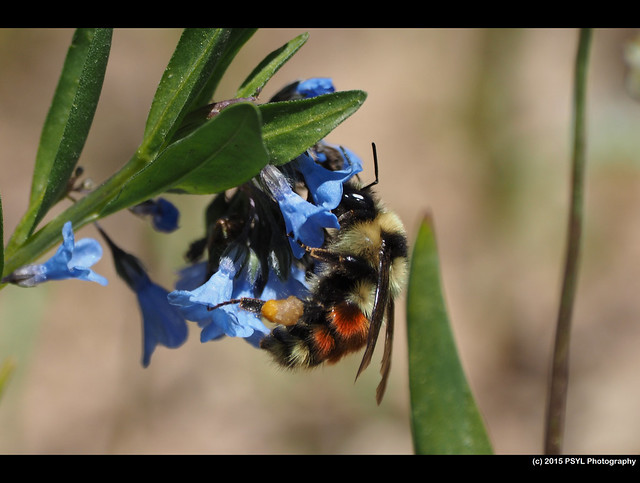
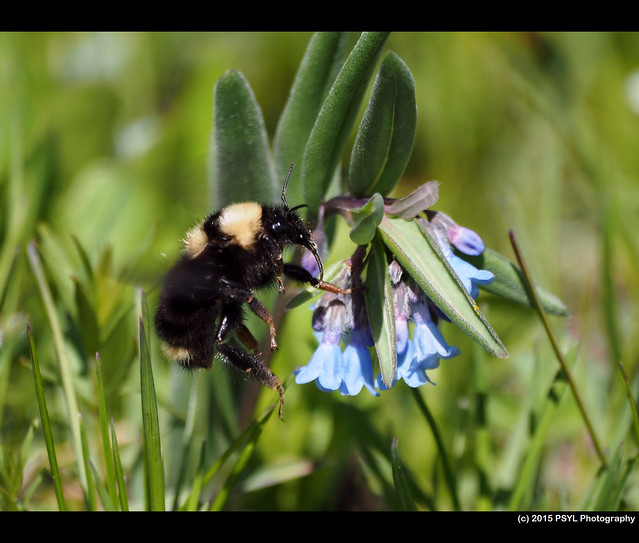
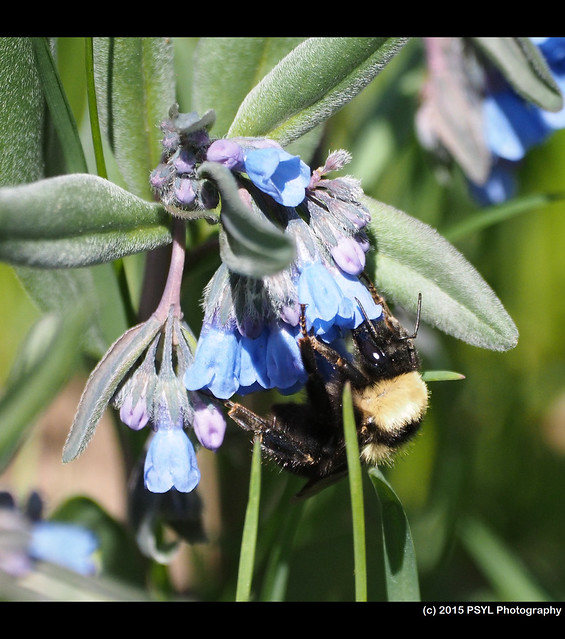
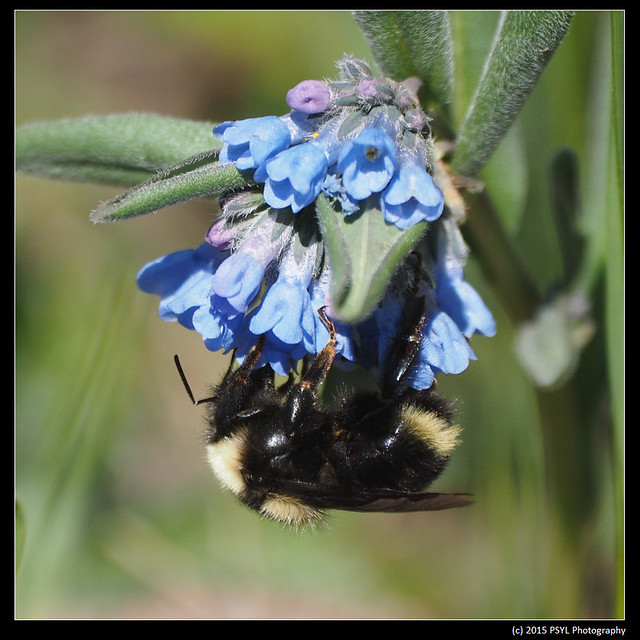
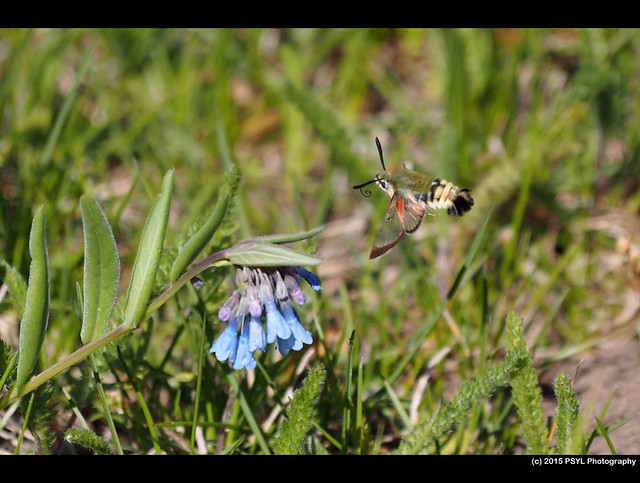
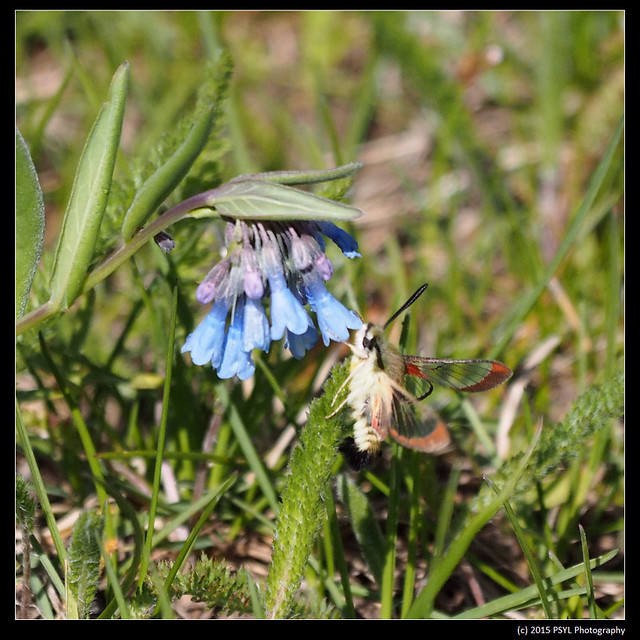
No comments:
Post a Comment